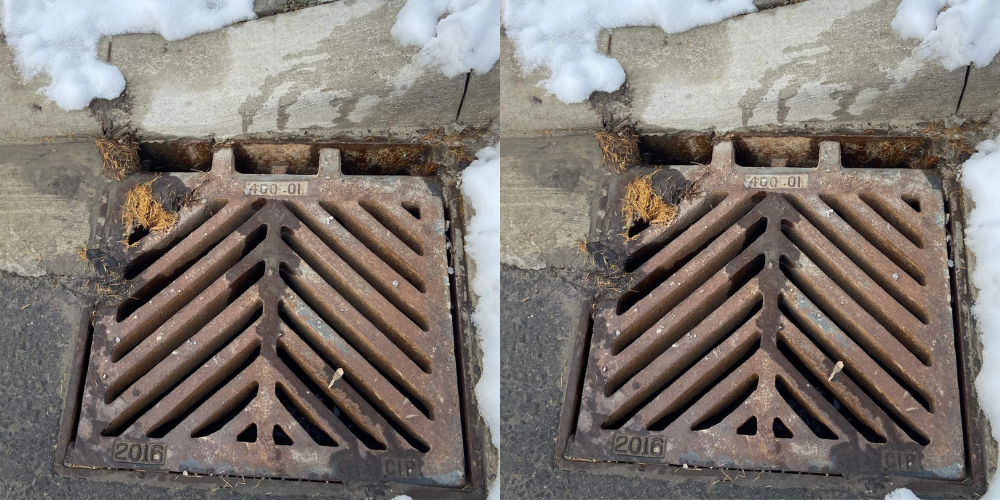Tips to assure effective irrigation drainage:
Catch basins can be an effective solution for irrigation drainage when installed and maintained properly. Here are some tips for ensuring effective irrigation drainage through catch basins:
- Proper installation: Catch basins should be installed in the lowest point of the irrigation area to ensure that water flows towards them. The basin should also be level and properly connected to the irrigation system to prevent leaks and ensure efficient drainage.
- Proper sizing: The catch basin should be properly sized to handle the expected volume of water from the irrigation system. A catch basin that is too small may become overwhelmed and cause flooding, while a basin that is too large may not effectively capture and drain the water.
- Regular cleaning and maintenance: Catch basins should be regularly cleaned and maintained to prevent clogs and backups in the drainage system. This is especially important for irrigation systems that may carry debris such as leaves or grass clippings. The catch basin should be inspected and cleaned after each irrigation cycle or as needed to ensure proper drainage.
- Proper disposal of drained water: The water drained from the catch basin should be properly disposed of to prevent erosion or flooding. The water can be directed to a storm drain or other drainage system, or it can be used to irrigate other areas of the property.
A qualified drainage contractor can also provide guidance on proper installation and maintenance of catch basins for irrigation drainage.
Are there any alternate options than catch basin for irrigation drainage?
Yes. Just like catch basin, irrigation drainage can use multiple other drainage options for effcint drainage. There are several alternate options to catch basins irrigation drainage. Here are a few:
- French drains: A French drain is a perforated pipe that is installed in a trench filled with gravel or other drainage material. The trench is typically sloped to direct water towards the drain, which then carries the water away from the area. French drains can be effective for managing irrigation drainage, especially in areas where a catch basin may not be practical or feasible.
- Surface drains: Surface drains are similar to catch basins, but they are designed to capture water that is flowing across a surface, such as a driveway or patio. Surface drains can be installed flush with the surface or slightly below, and they typically include a grate or other cover to prevent debris from entering the drainage system.
- Swales: A swale is a shallow, sloped ditch that is designed to direct water away from an area. Swales are often used in landscaping to manage stormwater runoff, but they can also be effective for managing irrigation drainage. Swales can be planted with grass or other vegetation to help absorb and filter the water.
- Retention ponds: A retention pond is a man-made pond designed to capture and hold water. The water can then be gradually released over time, either through evaporation or through an overflow structure. Retention ponds can be effective for managing irrigation drainage in areas with limited space or where other drainage options may not be feasible.
Each of these options has its own advantages and disadvantages, and the best choice will depend on the specific site conditions and drainage needs. A qualified drainage contractor can provide guidance on the most appropriate drainage solution for a particular application.



Oscar
Oscar is a hard-working individual who excels in business. He has been working in the same company for many years and has climbed the ranks to become one of the top employees. Oscar is dedicated to his work and takes great pride in providing value to his team and customers. He is an excellent problem solver and always looks for ways to improve efficiency and productivity. When he's not working, Oscar enjoys spending time with his family and friends. He loves being active outdoors, playing sports, and exploring new places.